The Cell Isolation Market is currently characterized by a dynamic competitive landscape, driven by advancements in technology and increasing demand for personalized medicine. Key players such as Thermo Fisher Scientific (US), BD (US), and Miltenyi Biotec (DE) are at the forefront, each adopting distinct strategies to enhance their market presence. Thermo Fisher Scientific (US) emphasizes innovation through continuous product development, focusing on high-throughput cell isolation technologies that cater to research and clinical applications. Meanwhile, BD (US) is strategically positioned through its extensive distribution network and partnerships, which facilitate access to emerging markets. Miltenyi Biotec (DE) leverages its expertise in cell sorting and separation technologies, aiming to expand its product portfolio to include more automated solutions, thereby enhancing operational efficiency.
The business tactics employed by these companies reflect a concerted effort to optimize supply chains and localize manufacturing. The market structure appears moderately fragmented, with a mix of established players and emerging companies vying for market share. This fragmentation allows for diverse offerings, yet the collective influence of major players like Thermo Fisher Scientific (US) and BD (US) shapes competitive dynamics significantly, as they set benchmarks for innovation and customer service.
In November 2025, Thermo Fisher Scientific (US) announced the launch of a new automated cell isolation platform designed to streamline workflows in research laboratories. This strategic move is likely to enhance their competitive edge by addressing the growing demand for efficiency in laboratory processes, potentially increasing their market share in the automation segment. The introduction of this platform aligns with the broader trend towards automation in laboratory settings, which is becoming increasingly critical for researchers.
In October 2025, BD (US) expanded its partnership with a leading biotechnology firm to co-develop advanced cell isolation technologies. This collaboration is indicative of BD's strategy to integrate cutting-edge innovations into its product offerings, thereby enhancing its competitive positioning. By aligning with a biotechnology leader, BD (US) not only strengthens its technological capabilities but also broadens its market reach, which could lead to increased sales and customer loyalty.
In September 2025, Miltenyi Biotec (DE) acquired a small startup specializing in microfluidics technology, which is expected to bolster its product line in cell isolation. This acquisition reflects Miltenyi's commitment to innovation and its strategy to enhance its technological capabilities. By integrating microfluidics into its offerings, Miltenyi Biotec (DE) may improve the precision and efficiency of its cell isolation processes, thereby appealing to a broader customer base.
As of December 2025, the Cell Isolation Market is witnessing trends such as digitalization, sustainability, and the integration of artificial intelligence (AI) into operational processes. Strategic alliances are increasingly shaping the competitive landscape, allowing companies to pool resources and expertise. The shift from price-based competition to a focus on innovation and technology is evident, as companies prioritize reliability in their supply chains and the development of advanced solutions. Looking ahead, competitive differentiation is likely to evolve, with an emphasis on technological advancements and sustainable practices becoming paramount in maintaining market leadership.
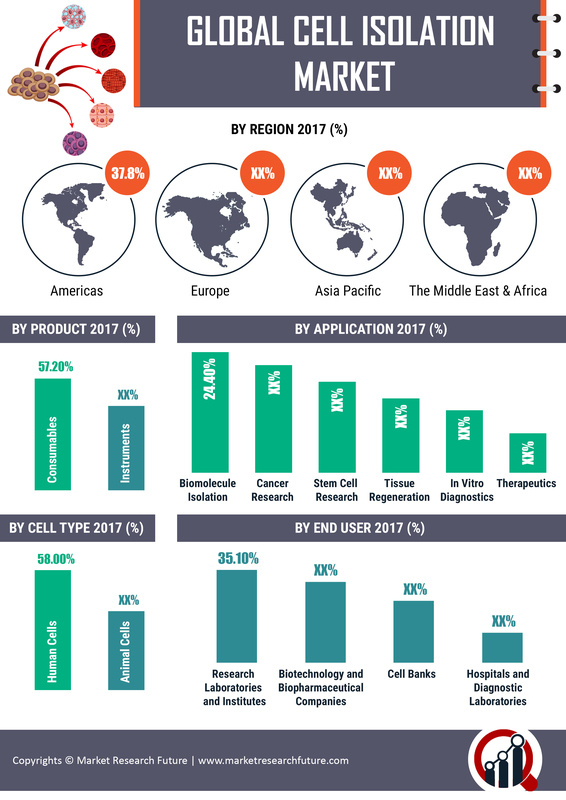

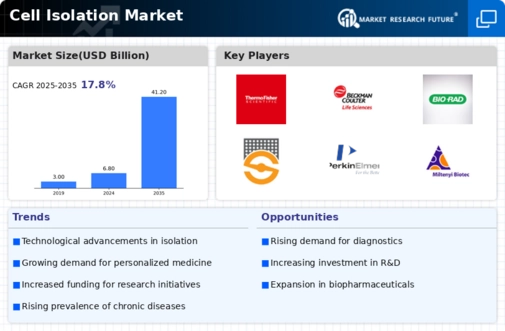
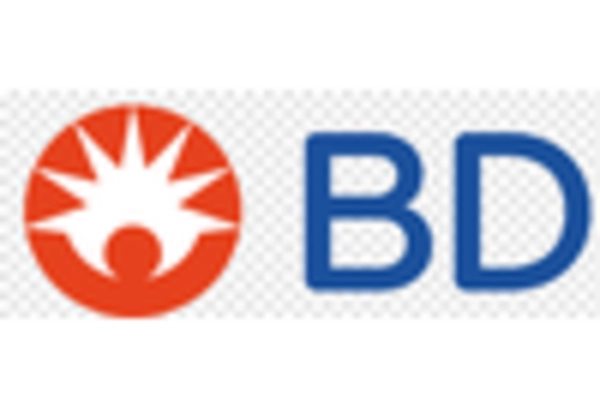
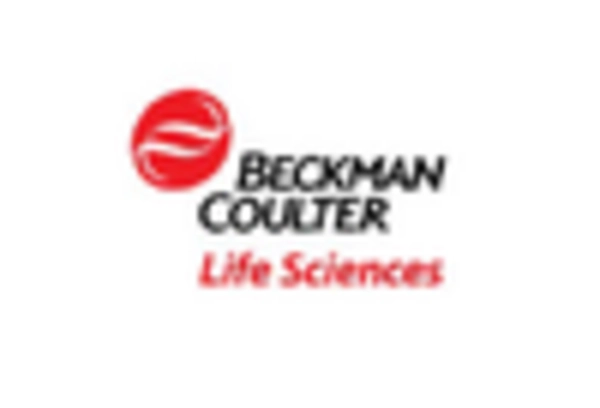
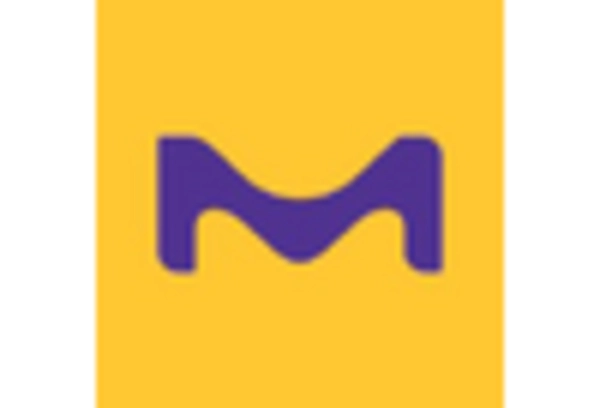
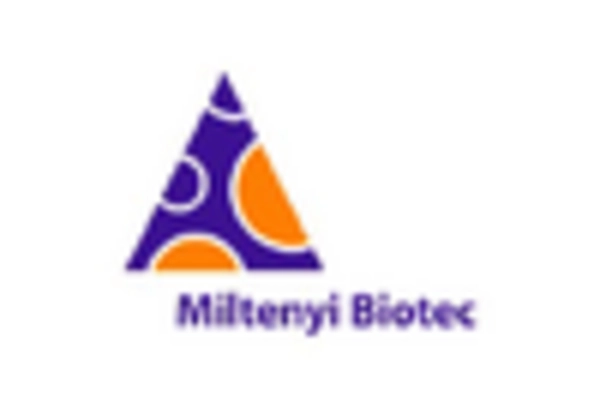
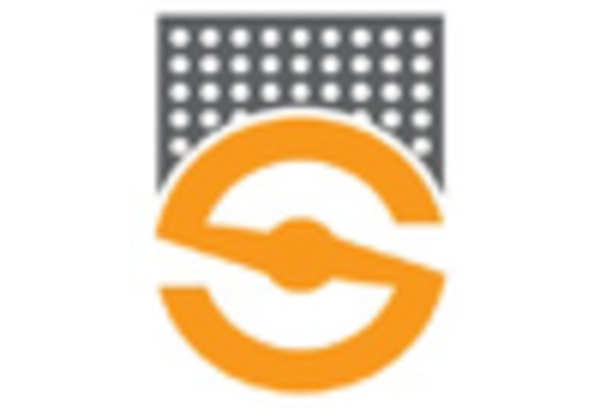
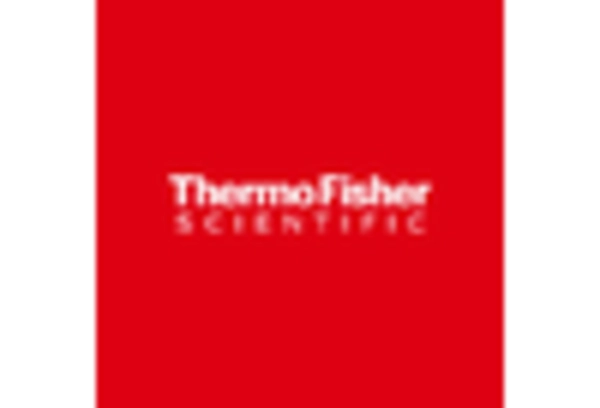








Leave a Comment